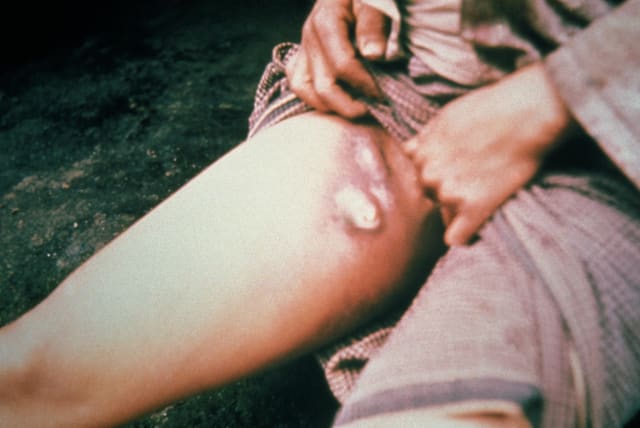Scientists find evidence of the bubonic plague in Bronze Age England - study

Researchers were able to demonstrate that the plague was present in England well before the widely-known Black Plague outbreak of the Middle Ages.
The bubonic plague was already circulating in Britain long before the medieval Black Death, according to new research out of the Ancient Genomics Laboratory at the Francis Crick Institute in London, England.
Extinct lineages of Yersinia pestis, the bacterium which causes the plague, have been found in multiple sets of human remains from Eurasia between 5,000 and 2,500 years ago, according to a peer-reviewed study recently published in Nature Communications.
One such lineage, dubbed LNBA (Late Neolithic and Bronze Age), has been identified in three sets of remains from Britain each dating to approximately 4,000 years ago, representing the earliest documented evidence of the LNBA plague in Britain. The LNBA lineages were likely introduced to central and western Europe approximately 4,800 years ago by human migration from the Eurasian Steppe.
The plague was seemingly widespread due to migration
Researchers were able to show evidence that suggests that the LNBA lineage could have been widespread in Britain due to that westward migration.
They sampled 34 distinct sets of remains from two sites dating back to the early Bronze Age - Charterhouse Warren (south of Bristol) and Levens Park, which lies along the River Kent in the Lake District. Sampling teeth from the ancient remains, researchers screened for the presence of LNBA Yersinia pestis.
The presence of the bacterium was detected in a 35-45-year-old woman at the Levins Park site, who was found in a crouched position accompanied by pottery shards. It was also found in two individuals, aged approximately 12 and 10 years old, at the Charterhouse Warren site, which is a mass burial of assorted human remains likely deposited together at the same time.
All of these sets of remains dated back to the Bronze Age, thus showing that the bacteria was active then in England. Researchers noted that the frequency of the bacterium occurring in their sample was quite high (three out of 34, or 9% of samples). However, they emphasized the real frequency could be lower than the observed frequency, and there is also a chance that other individuals were infected but turned up false negatives in archaeologists' tests.
Jerusalem Post Store
`; document.getElementById("linkPremium").innerHTML = cont; var divWithLink = document.getElementById("premium-link"); if (divWithLink !== null && divWithLink !== 'undefined') { divWithLink.style.border = "solid 1px #cb0f3e"; divWithLink.style.textAlign = "center"; divWithLink.style.marginBottom = "15px"; divWithLink.style.marginTop = "15px"; divWithLink.style.width = "100%"; divWithLink.style.backgroundColor = "#122952"; divWithLink.style.color = "#ffffff"; divWithLink.style.lineHeight = "1.5"; } } (function (v, i) { });

